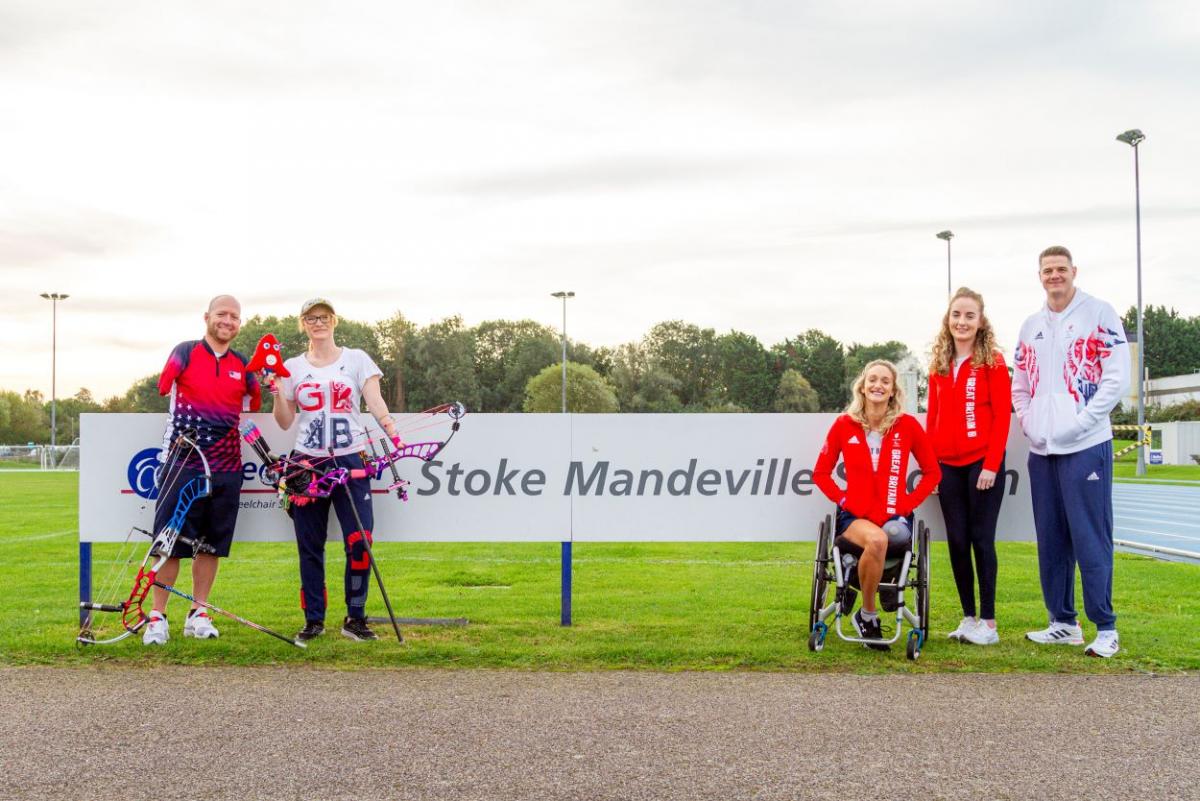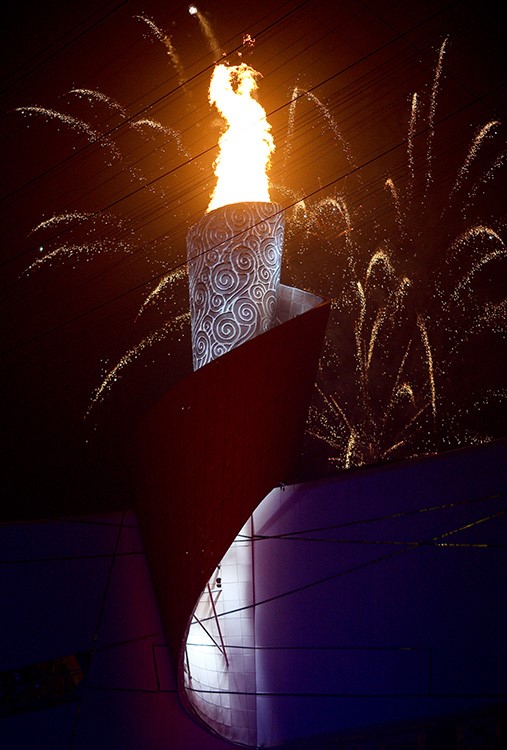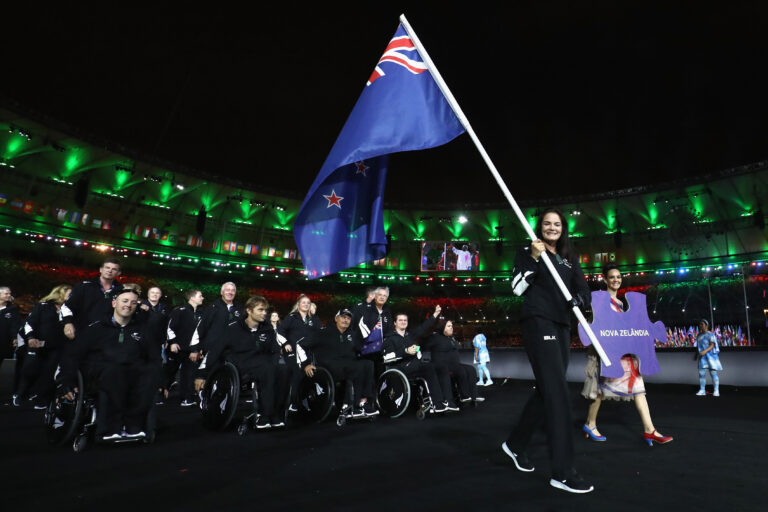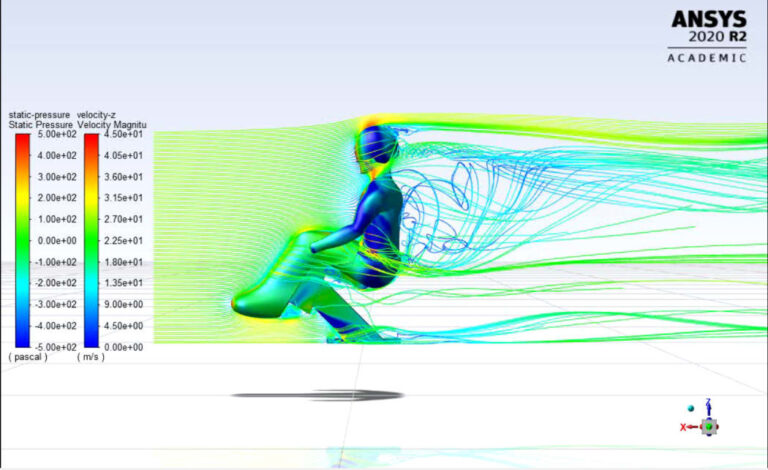Dr. Ludwig Guttmann opened Stoke Mandeville Hospital in Great Britain in 1944 as a spinal injuries center. It’s goal was to assist the large number of war veterans and civilians injured during wartime. Rehabilitation sport evolved to recreational sport and then to competitive sport. In 1948, Dr. Guttmann organised the first competition for wheelchair athletes which he named the Stoke Mandeville Games. It was a milestone in Paralympic history.
Birth of the Paralympic Games
The Stoke Mandeville Games later became the Paralympic Games. They first took place in Rome, Italy, in 1960 featuring 400 athletes from 23 countries. Since then, they have taken place every four years and have included a Paralympics Opening Ceremony and Paralympics Closing Ceremony.
Since the Summer Games of Seoul, Korea in 1988 and the Winter Games in Albertville, France in 1992, the same cities and venues have hosted the Olympic and Paralympic Games. The IOC and IPC signed an agreement to host the two Games in the same place.
The Paralympic Heritage Flame
Stoke Mandeville marked the start of the London 2012 Paralympic Torch Relay. Since the Sochi 2014 Paralympic Winter Games onwards, a special ceremony hosts a Heritage Flame Lighting event each Paralympic Games. This Heritage Flame has then contributed towards the Paralympic Flame created in the host country of the Games.

How Stoke Mandeville’s importance is kept alight today
As the birthplace of Paralympic sport, Stoke Mandeville will create the Paralympic Flame, in the same way as the Olympic Flame is kindled in Olympia, Greece. The Flame will be created there ahead of each Paralympic Torch Relay from the Paris 2024 Paralympic Games onwards. The new concept devised by the International Paralympic Committee (IPC), ParalympicsGB, and WheelPower, aims to increase global awareness of the role Stoke Mandeville and Sir Ludwig Guttmann played in the birth and development of the Paralympic Movement.





























